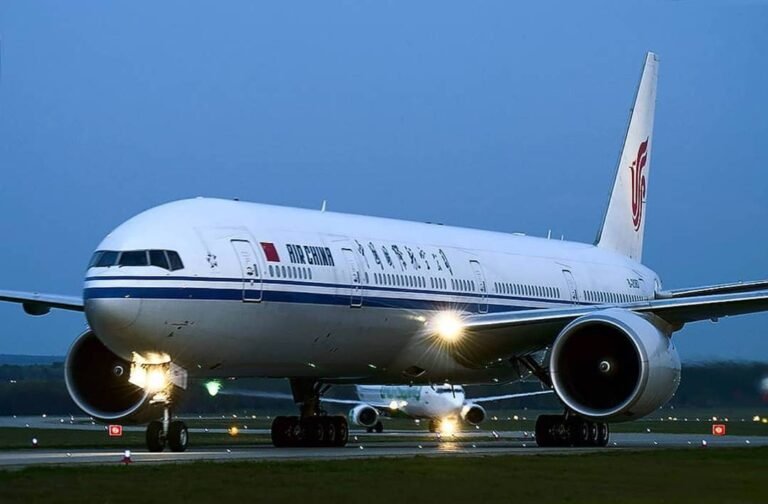
New Delhi, India: In a new circular dated November 20, the DGCA has ordered stricter measures to address pilot fatigue, signalling a shift in the regulator’s approach from mere duty-hour limits to systemic fatigue-risk management.
The DGCA initiated this crackdown after an audit of all scheduled airlines found that many operators were uncertain about the scope and content of “annual fatigue training.”
Officials noted that fatigue-reports from crew members had not been reaching DGCA for several months, especially following the implementation of the first phase of revised duty and rest norms on July 1, 2025.
Under the broader regulatory overhaul of 2025, the DGCA had already increased the minimum weekly rest period for pilots from 36 to 48 hours and set stricter limits on night duty, night-landing frequency and consecutive night flights.
Still, regulators found that merely limiting duty-hours was not enough fatigue risk persisted when scheduling, rostering and crew-management systems failed to account for real-world operational stresses. The new circular aims to close that gap.
The new measures mean that airlines must now build internal processes, not just comply with hours-based restrictions. Mandatory training for schedulers/dispatchers, a fatigue-reporting system, and a review committee these steps aim to ensure safety proactively, rather than reactive incident-based enforcement.
For flight-crew, this may encourage a culture of openness about fatigue; the quarterly reporting system and independent review could reduce pressure on pilots to “tough it out.”
For airlines, compliance will demand more than roster-planning operators will need to implement fatigue-awareness training, document reporting and follow-up, and coordinate across departments (scheduling, operations, HR).
The November 25 circular builds on changes introduced earlier in 2025. In February, DGCA told the court that a revised framework for flight duty time limitation (FDTL) would be phased in from July 1, with full implementation by November 1. Under that framework: weekly rest was raised to 48 hours, night-duty definitions were revised, and caps placed on night landings and consecutive night flights.
Simultaneously, DGCA released a draft “Fatigue Risk Management System” (FRMS), offering airlines a performance-based alternative to prescriptive duty-hour limits if operators can demonstrate through data that fatigue risk remains low.
However, the regulator clarified that adoption of FRMS would remain optional; airlines may choose to continue under the standard duty-hour/rest rules.




















